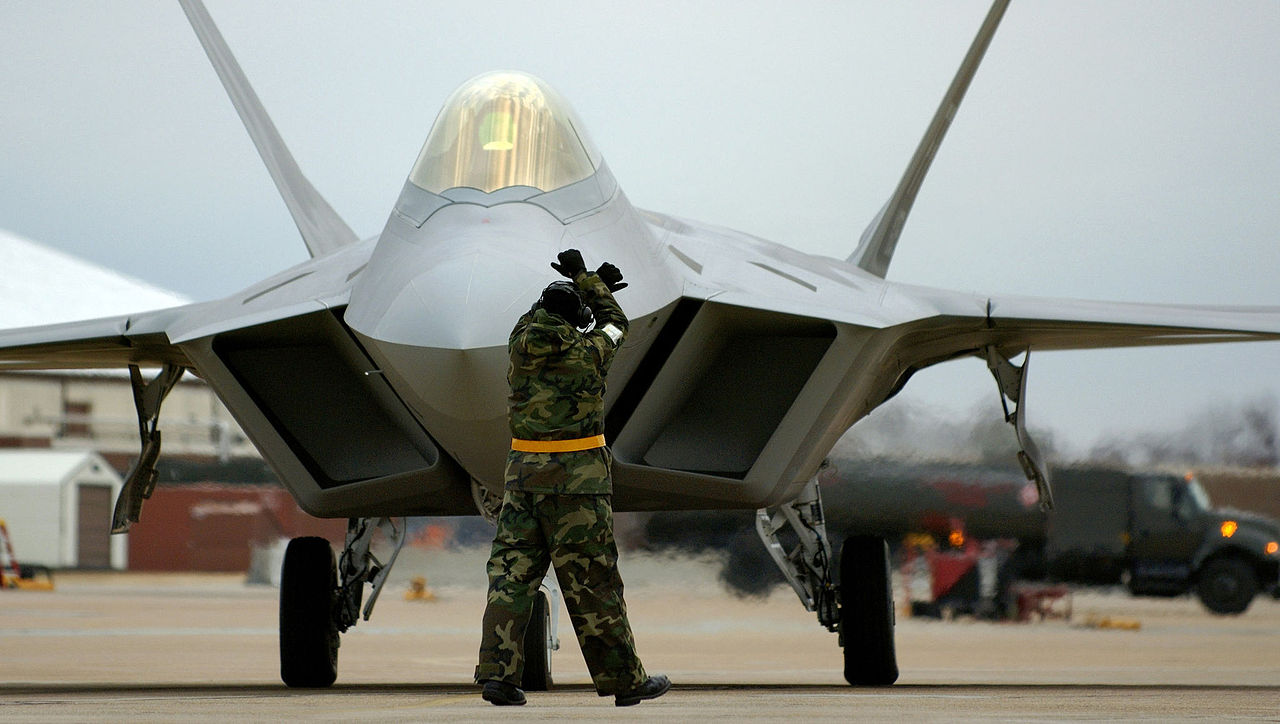US “Quietly” Deploys B-52 Strategic Bombers, F-22 Stealth Fighters to Northern Australia
The United States is reportedly developing military infrastructure in northern Australia "quietly," not only to station its troops but also to accommodate B-52 strategic long-range bombers and F-22 "Raptor" stealth fighter jets.
(DEFENCE SECURITY ASIA) — The United States is reportedly developing military infrastructure in northern Australia “quietly,” not only to station its troops but also to accommodate B-52 strategic long-range bombers and F-22 “Raptor” stealth fighter jets.
This effort, conducted with the approval of the Australian government, aims to address issues in the South China Sea and counter Beijing’s aggressive claims over nearly the entire area.
The northern Australian area being developed by the U.S. as a new “military base” to house bombers and fifth-generation fighters is Darwin.
The U.S. military base in Darwin will also host transport tankers and various other support aircraft.
“When you look at northern Australia and Darwin’s position in this region, it’s always good to have multiple options for placing your troops and assets in a crisis,” said Colonel Brian Mulvihill, commanding officer of the U.S. Marine Rotational Force, to Reuters.
Tender documents seen by the news agency reveal that extensive construction has begun, including upgrading runways, warehouses, hangars, and fuel storage facilities.

This project will make northern Australia a key location for construction projects for the U.S. Air Force and Navy, with more than $300 million to be spent on military facilities in northern Australia.
In addition to northern Australia, the U.S. Navy plans to spend $2 billion building docks, runways, fuel storage, and hangars on Australia’s Cocos Island, Papua New Guinea, and East Timor as part of efforts to counter China.
A senior Australian Air Force official, Air Commodore Ron Tilley, confirmed that Washington is funding the construction of military facilities in Darwin and Tindal to support U.S. military operations.
“I don’t believe the U.S. would spend so much money on our bases in northern Australia without an agreement or understanding allowing them to use them in a crisis,” he said.
Australia is increasingly aligning with its key ally, the United States, under the AUKUS (Australia, United Kingdom, United States) defense cooperation, including transferring nuclear submarine technology to Canberra.
However, Australia has said nothing about the U.S.’s “quiet” upgrade of its bases in northern Australia, such as Darwin and Tindal, to support B-52 “Stratofortress” bombers and F-22 “Raptor” stealth fighters.

The U.S. is expected to station up to six B-52 “Stratofortress” bombers at an airbase in northern Australia, a move the Pentagon describes as a clear message to “certain countries” in the region.
This deployment has drawn sharp criticism from China, which argues that the presence of B-52 bombers will only heighten regional tensions.
“The U.S. actions have increased tensions in the region, worsened peace and stability, and triggered an arms race,” said Chinese Foreign Ministry spokesperson Zhao Lijian.
The B-52 bomber is the primary platform for strategic nuclear and conventional weapons for the U.S. Air Force.
Now 70 years old, the B-52 is extensively used by the U.S. Air Force despite having other strategic bombers like the B-1 Lancer and B-2 Spirit.
The U.S. currently has about 58 B-52 bombers in service, with 18 in reserve and 12 in storage. In total, the U.S. built 744 B-52 strategic bombers for its use.
Originally designed as a high-speed, high-altitude bomber, the B-52 now has the capability to carry and launch AGM-86B Air-Launched Cruise Missiles (ALCM).
“The B-52 has been and will continue to be part of the U.S. military’s nuclear triad,” according to a statement from the Air Force’s Global Strike Command, responsible for strategic and long-range bombing operations. — DSA



Comments are closed.